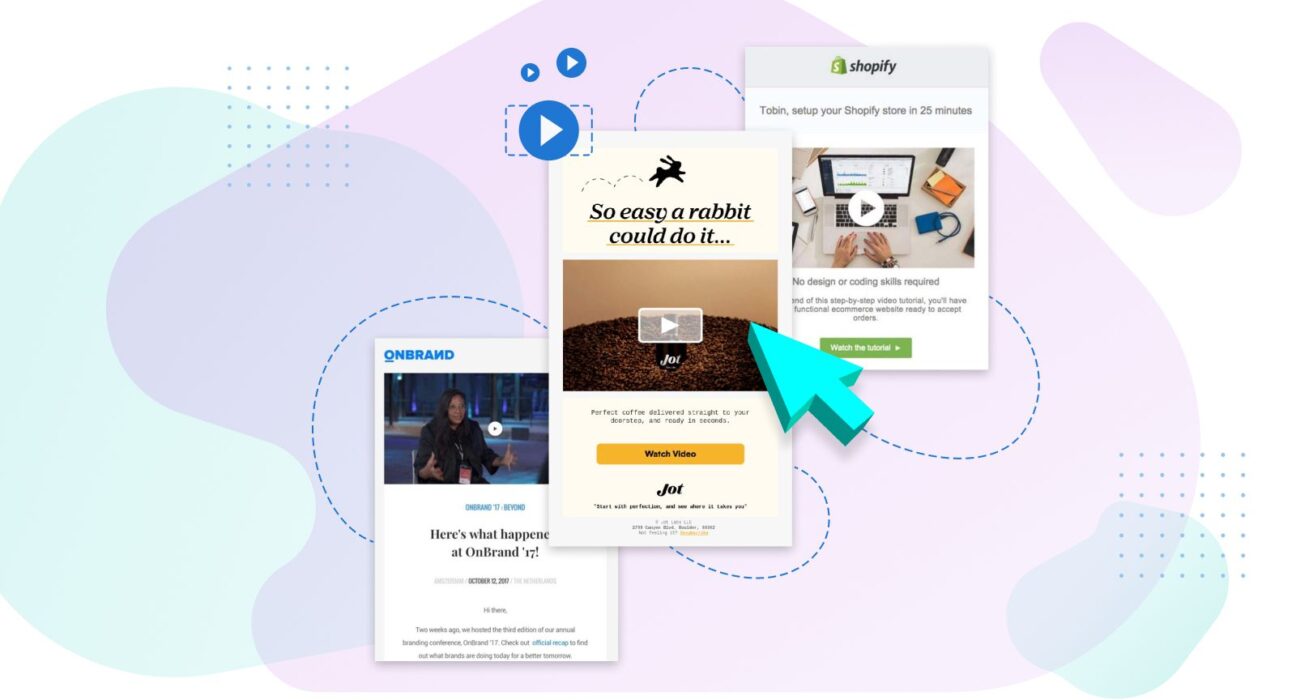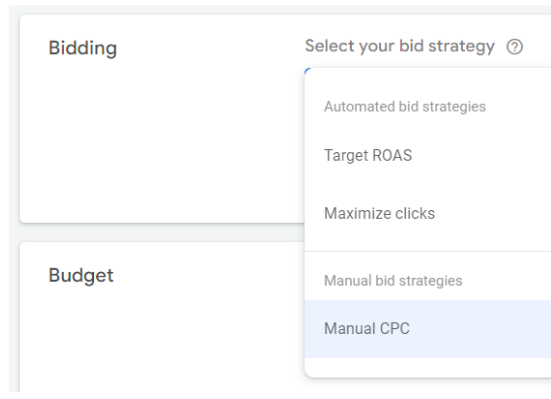The post-purchase phase represents a valuable opportunity for brands to cultivate an enduring relationship with their customers. Surprisingly, for 40% of consumers, as indicated by Support, the post-purchase experience plays a pivotal role in making their overall brand experience more memorable. Retailers need to recognize that the customer journey doesn’t conclude at the point of sale. Instead, there exists an experience gap between when the order is placed and the product’s delivery. 56% of customers claim that they are disappointed by the service they receive post-purchase from a retailer’s or an eCommerce site.


Seamless order tracking, responsive technical support, and hassle-free return and refund processes are critical elements within the post-purchase journey. These factors can either enhance or tarnish your brand’s reputation. The quality of post-purchase care significantly shapes a customer’s perception of your company and their inclination to make future purchases.
Customers impressed by exceptional post-purchase care are more likely to fast-track through the initial stages of the customer lifecycle, bypassing brand awareness and purchase interest, and proceeding straight to their intent to make a repeat purchase.
The Costly Impact Of Bad Delivery Experiences 📦😓
In this era of change, forward-thinking brands and retailers are recognizing the potential of the post-purchase experience as a tool to boost brand loyalty and repurchase intent. 🌟🛒
Research reveals a sobering fact: a whopping 85% of online shoppers would hesitate to reorder from an online retailer if they had a poor delivery experience. By enhancing the post-purchase journey, retailers are witnessing improved repurchase rates, leading to reduced customer acquisition costs and heightened profitability. It’s a win-win! 📉🤝
Bad delivery experiences can have a costly impact on businesses. Every year, businesses lose USD 75 billion due to poor customer experience, delivery, and service. When a customer has a poor delivery experience, they are likely to leave and never trust the retailer again. This can result in lost revenue and decreased customer loyalty.
Furthermore, the problem doesn’t end there. A dissatisfied customer might give bad reviews and prefer your competitor over you, affecting your branding through word-of-mouth marketing. Negative delivery experiences have a much bigger impact than positive ones. When a percentage of your customers are not receiving quick and effective delivery, your overall customer experience, revenue, and brand value are affected.
The Loyalty Loop Concept
Anne Hallock, Chief Revenue Officer at Flowspace, emphasizes the significance of the “loyalty loop” in the current landscape. She asks, “Who is this customer who chooses to buy from you? How can you get them to transact with you again?” The post-purchase experience, she adds, plays a pivotal role in building customer loyalty and trust. 🔄💼
The Importance of Transparent Communication 📢📦
Trust is a fundamental component in building customer loyalty and repurchase intent. It is one of the main factors that create long-term relationships and consumer loyalty, leading to repurchase intention. A study found that brand trust positively affects repurchase intention and positive electronic word-of-mouth (eWOM) intention, both directly and indirectly through online brand community (OBC) trust.
Moreover, the role of online retailers’ post-sale services in building trust and repurchase intent cannot be understated. Both customer satisfaction and trust, as indicators of relationship quality, mediate the links between product return, exchange, and maintenance services and online customer repurchase intention.
In essence, building trust with customers is crucial for fostering repurchase intent. This can be achieved through transparent communication, reliable post-sale services, and consistent positive customer experiences.
Customers crave regular updates throughout the order fulfillment process. According to research by Flowspace, over 80% of consumers believe it’s vital for companies to communicate during this journey. From order placement to the moment it arrives in their hands, customers expect transparency at every step. 📣📦


Avoiding the Dreaded ‘WIMO’ Email
Anne Hallock highlights the “WIMO” (Where is my order?) email as a brand’s nightmare. When customers don’t need to inquire about their order’s whereabouts or worry about its condition upon arrival, it fosters a sense of brand quality and reliability. This confidence is a key factor in customers choosing to transact with a brand again. 📧🚫
Building Trust and Repurchase Intent 🤝🔁
Apart from keeping customers informed about their orders, there are several other post-purchase opportunities to increase trust and encourage repurchase intent. Brands can learn from success stories like DTC jewelry brand Jane Win and pet accessories brand Wild One, which prioritize personalized communication and engagement. 🤗📢
Other Trust-Building Post-Purchase Attributes
Flowspace research indicates that free shipping (73%) and quick, effective customer service (70%) are also significant factors in boosting shopper trust. Conversely, a poor post-purchase experience can lead to decreased brand loyalty and repurchase behavior, with attributes like delayed shipping, poor customer service, and damaged items causing concern. 🚚💔
- The Delivery Experience as the New Norm
The delivery experience has become primary in consumer-brand interactions. Brands that provide a pleasant delivery experience keep the loyalty loop turning. On-time, hassle-free deliveries significantly increase the likelihood of customers becoming loyal, repeat buyers, and advocates of the brand. 🚚🌐
- Leveraging Real-Time Information
Brands and retailers are leveraging platforms offering real-time visibility into customer orders at every stage, from the warehouse to the customer’s doorstep. These tools promote alignment between departments and enable proactive issue resolution, ensuring customers have the best possible experience. 📊🔍
- Proactive Customer Success
Real-time updates allow customer success teams to proactively reach out to customers, particularly during disruptions or delays, preserving trust. Teams can address “Where is my order?” inquiries with ease thanks to real-time visibility within their fulfillment software. 🤝📈
By focusing on these aspects of the post-purchase experience, brands and retailers can foster unwavering loyalty, turning one-time buyers into lifelong advocates. Remember, it’s not just about what customers buy but how the brand makes them feel throughout the entire journey. 🌈💼











Leave feedback about this